Planning a trip to Japan? This ultimate 2-week Japan itinerary blends ancient temples, scenic mountains, vibrant cities, and mouthwatering cuisine, perfect for first-timers or return travelers seeking a balanced, slow-travel adventure.
This Japan travel guide walks you through the best places to visit in Japan in 14 days, with practical tips, must-see sights, local insights, and transport advice for a seamless journey.
Why Choose This 14-Day Japan Itinerary?
- Balanced travel pace: Mix high-energy cities with tranquil nature spots
- Food-focused: Taste the best of Japan’s regional dishes
- Culture-rich: Shrines, castles, geishas, and centuries-old traditions
- Easy navigation: JR Pass-friendly route with efficient public transport
- Slow travel friendly: Designed to reduce burnout while maximizing depth
14 Days in Japan: Itinerary Overview
| Day | Location | Highlights |
|---|---|---|
| 1–2 | Osaka | Street food, Osaka Castle, Dotonbori nightlife |
| 3–4 | Nara | Todai-ji Temple, bowing deer, historic gardens |
| 5–6 | Kyoto | Temples, Markets, Gion geisha sightings |
| 7–8 | Matsumoto | Japanese Alps, traditional streets, Castle |
| 9-10 | Fuji Kawaguchiko | Mount Fuji views, cave, hiking |
| 11–14 | Tokyo | Markets, shrines, modern culture, day trips, Disneyland |
Osaka: The Perfect First Stop in Japan
Why Start in Osaka?
Many travelers either start in Osaka and end in Tokyo, or do the reverse and there’s a practical reason: flights. Osaka’s Kansai International Airport (KIX) and Tokyo’s Narita or Haneda make for an ideal open-jaw route, allowing you to land in one and depart from the other without backtracking.
I personally flew from Bangkok to Osaka, and it felt like the gentlest way to enter Japan. The energy here is warm, casual, and delicious a softer landing than jumping straight into Tokyo’s whirlwind.
✨ If you want to ease into Japan without feeling overwhelmed, Osaka is the place to begin. You’ll get a taste of big-city life, but with room to breathe.
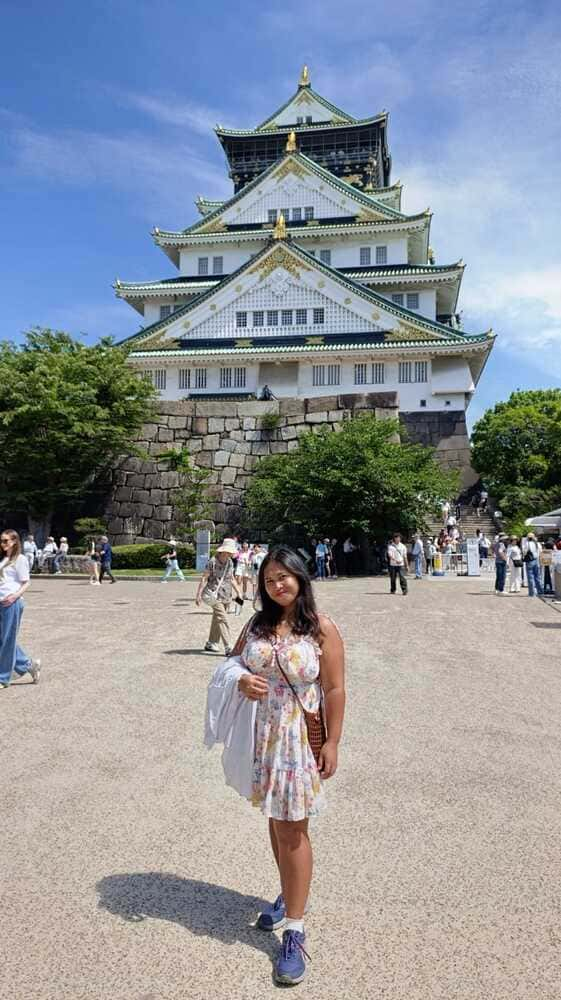
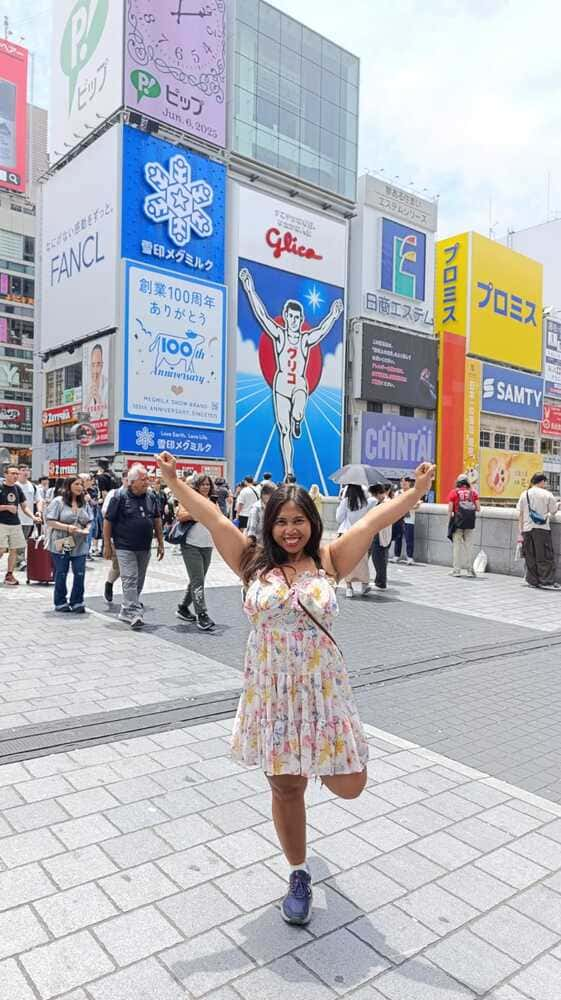
Top Things to Do in Osaka
🍜 Dotonbori
A neon-lit wonderland of street food, shopping, and canal-side chaos. Yes, it’s touristy, but it’s also fun. Come for the photos, stay for the snacks.
🏯 Osaka Castle
A beautifully preserved piece of Japanese history, surrounded by peaceful gardens and plum trees. The museum inside gives context, but the real magic is in the view from the top.
🦐 Kuromon Ichiba Market
A foodie’s playground. Think buttery grilled scallops, plump sea urchin, and endless samples. Arrive hungry.
⛩️ Sumiyoshi Taisha Shrine
Quieter than Osaka’s more central spots, this ancient Shinto shrine has a curved bridge that feels straight out of a fairytale. Come early for the full serenity.
🖼️ Osaka Museum of History & Park
Just across from Osaka Castle, this underrated museum offers panoramic views and a thoughtful walk through Japan’s layered past.
Where to Stay in Osaka
Ave Tennoji Hotel 📍 Location: Right by Tennoji Station, a major hub that connects easily to the airport, Osaka Castle, Namba, and even Kyoto.
Why I Recommend It:
- Spacious rooms by Japan standards
- Great price-to-value ratio (approx. $50–$80 USD/night)
- Super clean, quiet, and safe
- Surrounded by local eateries and a huge department store
Foodie Favorites in Osaka
- BURGER&TACOS IAKATORIH: Think Japanese-style smash burgers with unique sauces, crispy edges, juicy center, pure joy.
- Ramen Marufuji: Tucked in a quiet alley near Namba, this ramen spot serves up soul-soothing bowls with rich, umami broth and springy noodles.
- Local izakayas: Pop into any neighborhood joint for skewers, sake, and spontaneous conversations with locals.
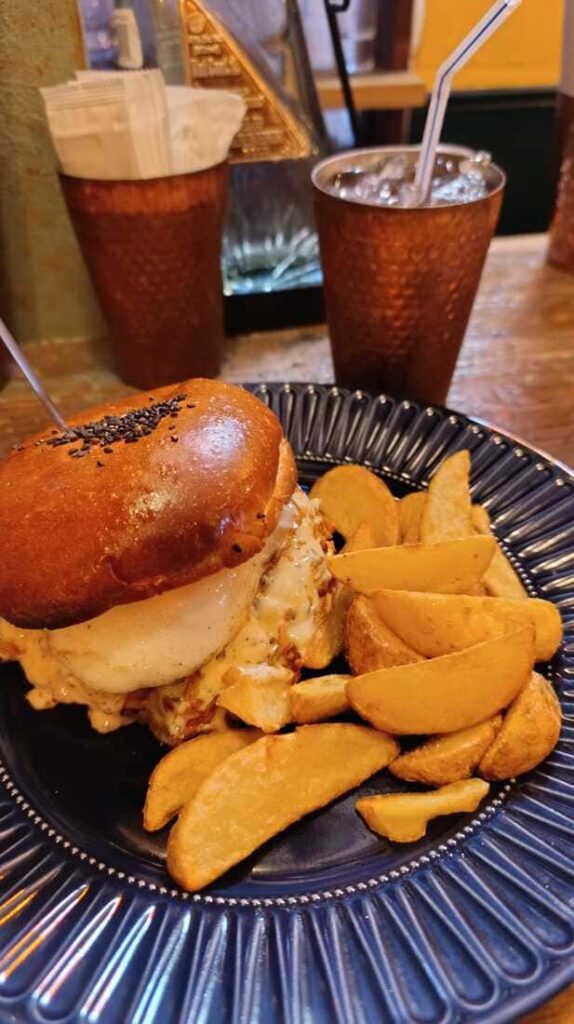
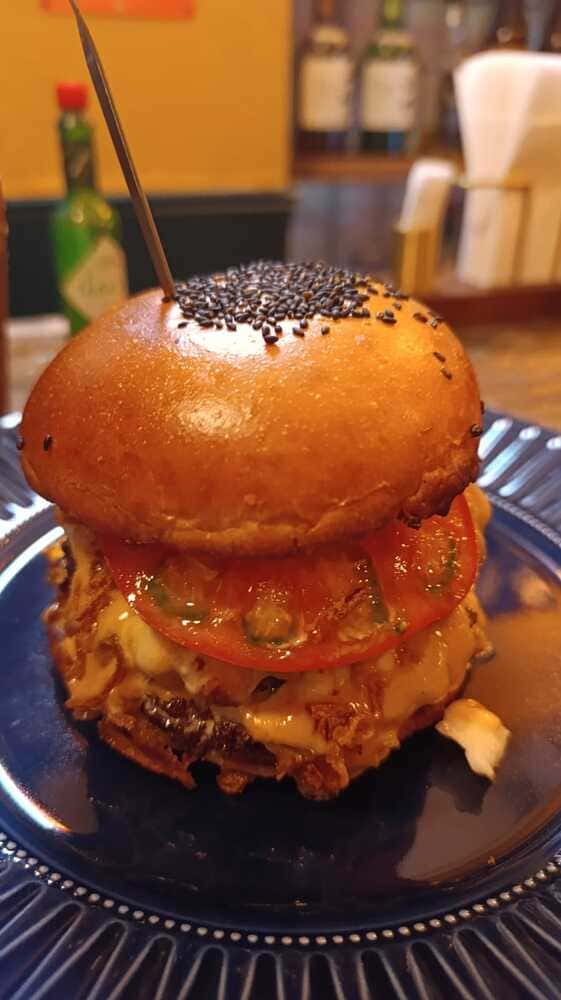
Practical Tips for Osaka
- Stay near a major station (like Tennoji, Namba, or Shinsaibashi) for easy transit across the city
- Cash is still king at many food stalls and small eateries
- Early morning or late night are the best times to explore Dotonbori without the crowds
Nara: Temples, Deer & Tranquility in a Day
Just under an hour from Osaka by train, Nara feels like a deep exhale. The moment you step off the platform, everything slows. Instead of honking taxis and neon signs, you’re greeted by open skies, soft hills, and the gentle presence of Japan’s most famous locals, the freely roaming deer.
Why Nara Is More Than Just a Day Trip
Most people do Nara in half a day, but I stayed longer, and I’m glad I did. The real charm comes in the quiet moments: sipping tea while deer nap in the shade, walking temple paths long after tour buses have gone.
Things to Do in Nara
🦌 Nara Park
Where sacred deer walk beside you polite, a little cheeky, and deeply respected. Buy special crackers and bow before offering them. (Yes, they bow back.)
🏯 Todai-ji Temple
Home to the Great Buddha, this massive wooden temple is both architecturally stunning and spiritually grounding. Go early for soft light and fewer crowds.
🏮 Kasuga Taisha Shrine
Lined with over 3,000 moss-covered stone lanterns. It feels like something from a Studio Ghibli film, quiet, reverent, and a little bit magical.
⛰️ Hike Mount Wakakusa
For panoramic views of Nara and the surrounding mountains, take a gentle hike up Mount Wakakusa. The trail is well-marked and offers peaceful woodland scenery. Time it for late afternoon to catch a soft sunset glow.
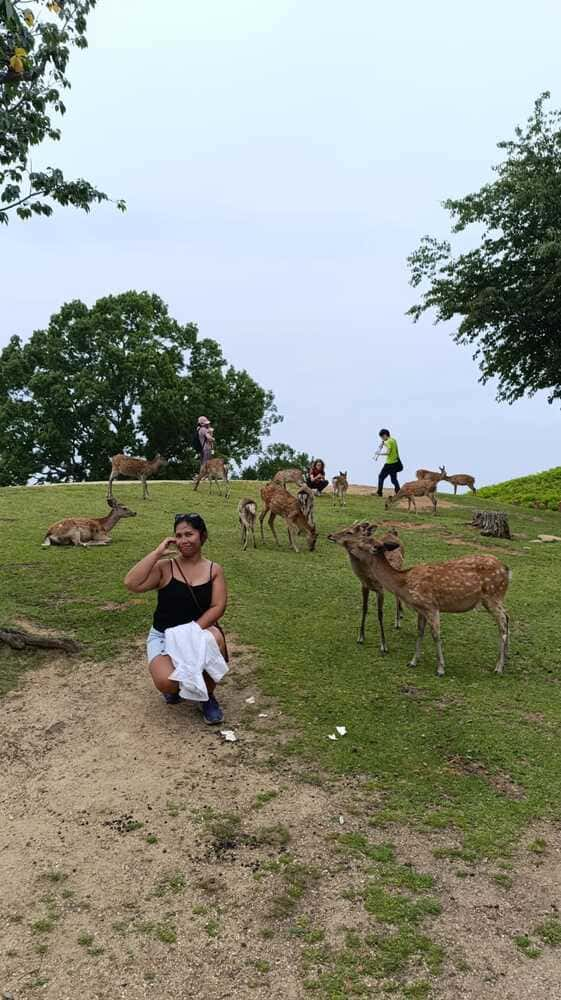
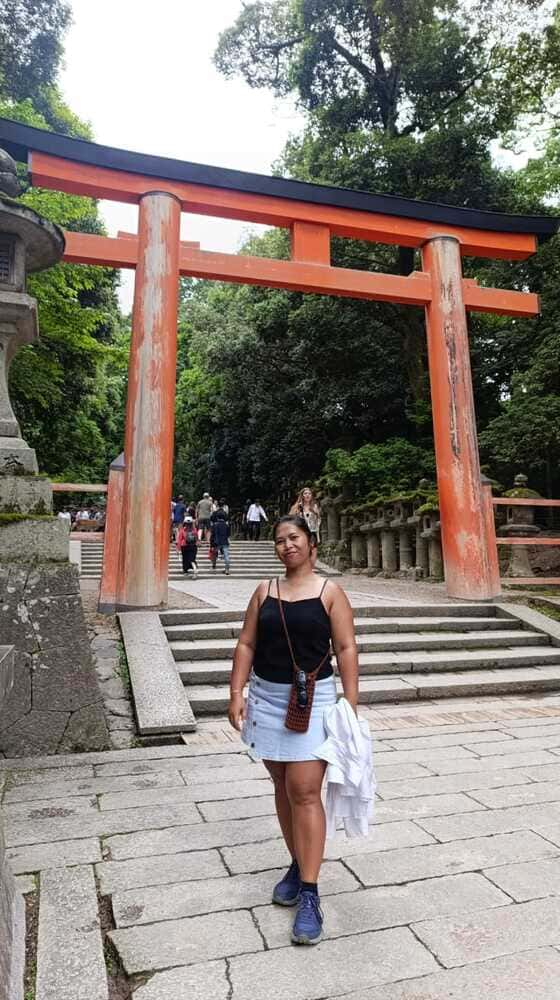
Where to Stay in Nara
While many travelers do a quick day trip, I recommend staying overnight to soak in the calm atmosphere and explore Nara at a relaxed pace.
- Location: Just a 5-minute walk from JR Nara Station, perfectly placed for easy access to Nara Park and major temples.
- Reviews: It’s clean, modern rooms and friendly, helpful staff and convenience of location and peaceful vibe despite being so close to the station.
- Price: Around $70–$100 per night, great value for the quality and location.
- Why stay here? If you want comfort, convenience, and a calm base from which to explore, Hotel Base Nara strikes the perfect balance.
Other options:
- Nara Visitor Center & Inn: a modern, stylish choice near Nara Park with excellent guest reviews for cleanliness and hospitality.
- Guesthouse Nara Komachi: a cozy, budget-friendly guesthouse popular with solo travelers and backpackers, offering a friendly atmosphere and easy access to the city’s highlights.
Where to Eat in Nara
- Edogawa Naramachi: Unagi (grilled eel) over rice with garden views
- Kameya: Handmade soba, quiet vibes, and traditional interiors
Practical Tips for Visiting Nara
- Take the JR Yamatoji Line from Osaka
- Walk or rent a bike, most attractions are close
- Pack water, especially in warmer months, the park is big
- Bring coins for small shrine donations and snacks
Nara isn’t about checking off a list, it’s about walking slowly, bowing often, and letting the quiet teach you something. I left feeling clearer, somehow as if the deer had nibbled away some of my mental noise.
Kyoto: Timeless Elegance & Cultural Depth
Kyoto is often the soul of a Japan trip, a city where history breathes through every temple gate and lantern-lit street. It’s where you slow down even more, surrendering to quiet gardens, ancient shrines, and traditions that feel like whispered stories.
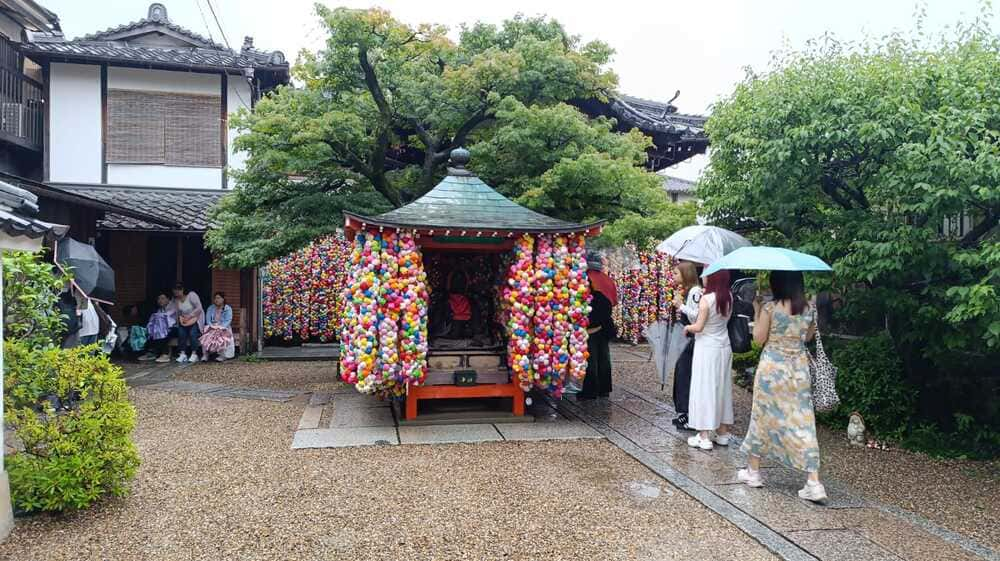
Why Kyoto?
Kyoto perfectly balances being a living city and a preserved cultural treasure. After the energy of Osaka and the calm of Nara, Kyoto invites you to slow even further walking cobbled streets, pausing under cherry blossoms, and savoring tea ceremonies that connect past and present.
It’s the spiritual and artistic heart of Japan, and spending three days here lets you soak in its timeless atmosphere without feeling rushed.
Things to Do in Kyoto (Slow & Meaningful)
⛩️ Fushimi Inari Shrine
The iconic pathway of thousands of vermilion torii gates is mesmerizing early in the morning before crowds arrive. Hike up the mountain for stunning views and a sense of quiet reverence.
🌿 Arashiyama Bamboo Grove
Walk through towering bamboo stalks, a serene and almost otherworldly experience. Nearby, explore the Tenryu-ji Temple gardens and the charming Togetsukyo Bridge.
🍵 Traditional Tea Ceremony
Experience a mindful tea ceremony in a historic teahouse. This ritual of preparation and savoring connects you to centuries-old customs and offers a moment of calm reflection.
🏯 Kinkaku-ji (Golden Pavilion)
Shimmering gold leaf reflects on its tranquil pond, an unforgettable sight that captures Kyoto’s blend of natural beauty and refined artistry.
🌸 Philosopher’s Path
A gentle stroll along this canal-side path lined with cherry trees, temples, and cafés. Ideal for slow mornings or golden hour wandering.
🎎 Gion District
Explore Kyoto’s famous geisha district, where traditional wooden machiya houses line narrow lanes. Keep an eye out for geishas and maikos gracefully moving between appointments.
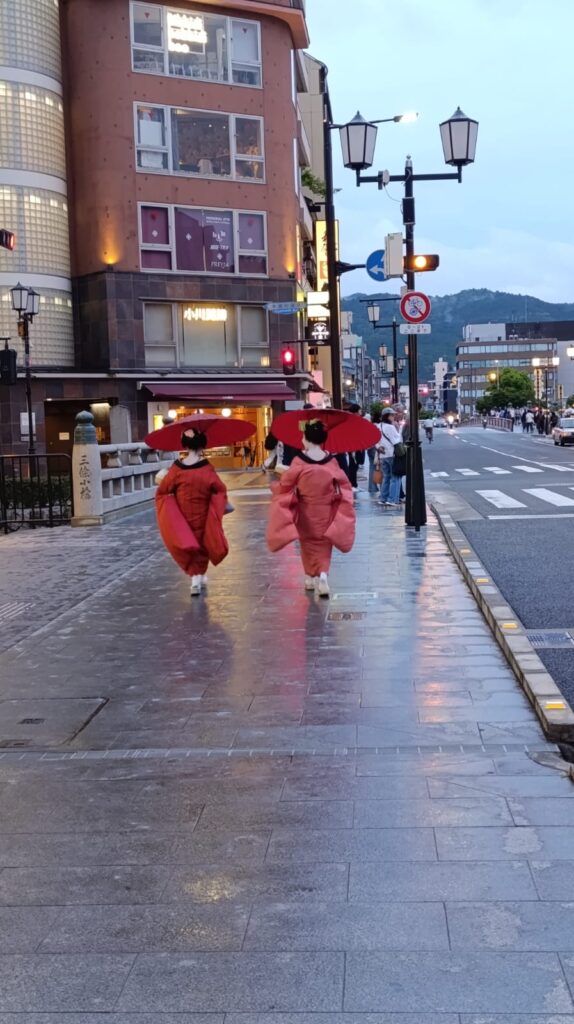
Where to Stay in Kyoto
Kyoto deserves more than just a day visit, I recommend staying a couple of nights to soak in the city’s timeless charm at a relaxed pace.
📍 Smart Place Inn Kyoto Shijo Omiya
Location: Just a 5-minute walk from Hankyu Omiya Station, this inn offers easy access to Kyoto’s main attractions like Nishiki Market, Nijo Castle, and the Philosopher’s Path.
Reviews: Guests love the clean, modern rooms and friendly, helpful staff. The cozy rooms provide a comfortable retreat after a day of exploring, and the location keeps you close to transport and dining options.
Price: Around ¥7,000 (~$50) per night, great value for a central Kyoto stay.
Why stay here? If you want a convenient, comfortable base that’s easy to get around from, Smart Place Inn strikes the perfect balance between affordability and location.
Other options:
- Sakura Terrace The Gallery: a stylish, modern hotel with great communal spaces and excellent guest reviews for comfort and atmosphere.
- Piece Hostel Sanjo: a budget-friendly hostel popular with solo travelers and backpackers, offering a social vibe and convenient location near the city center.
Where to Eat in Kyoto
Why try it?
If you want to taste an iconic Kyoto dish, Tenkaippin’s rich, creamy chicken broth ramen is a must. Known locally as “kotteri ramen,” it’s a thick, hearty bowl perfect for chilly days or after a long day of exploring temples.
Price range: Around ¥800–¥1,000.
Practical tip: Try adding extra green onions for a fresh contrast to the rich broth.
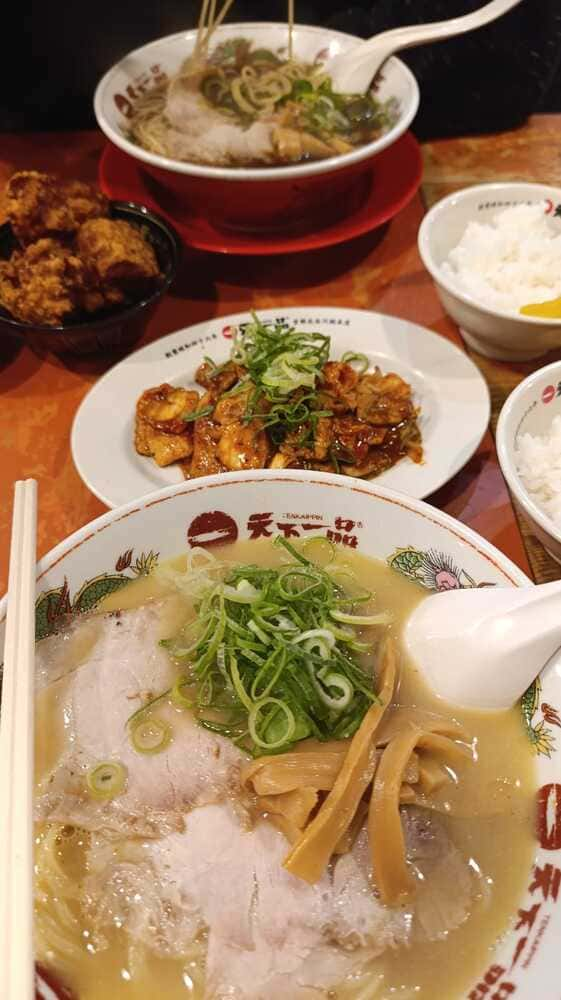
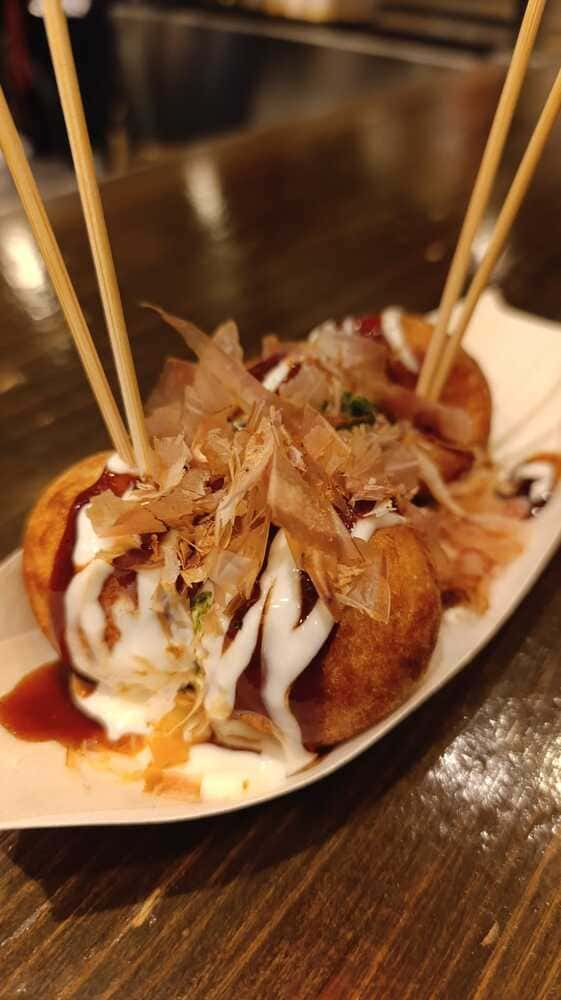
Practical Tips for Kyoto
- Buses reach many temples, but walking is the best way to absorb the atmosphere.
- Visit popular sites early or late to avoid crowds.
Kyoto isn’t about rushing to check off landmarks; it’s about stepping gently through a living museum of culture and nature. It’s a city that invites you to pause, breathe, and notice the little things, the flicker of candlelight in a shrine, the scent of pine in a garden, the delicate clink of tea cups.
Matsumoto: Alpine Calm & Castle Charm
This stop in Matsumoto was a refreshing shift after Kyoto, less polished, more natural. Nestled at the gateway to the Japanese Alps, the town has a relaxed pace, crisp mountain breezes, and one of Japan’s most iconic castles, all unfolding in sweet harmony.
Why Choose Matsumoto?
Matsumoto offers a deeper connection with nature and craftsmanship. It’s the perfect mid-point in your journey, a restful retreat from urban bustle and a gentle prelude to higher elevations. Here, traditional atmosphere meets open skies in a way only mountain towns can.
Things to Do in Matsumoto (Slow & Enjoyable)
🏯 Matsumoto Castle
One of Japan’s few remaining original castles – its black-and-white fortress stands majestic against the backdrop of mountains. Walk through the wooden interior, climb the floors for city views, and pause in the park for a moment of reflection.
🎨 Nakamachi Street
Stroll along cobbled streets lined with charming Edo-era merchant houses now housing cafés, galleries, and local crafts. Sip a coffee, buy handmade pottery, let your curiosity guide you here.
🚶 Alpine Trail Shortcut
For a taste of the Alps without a full hike, take a gentle trail from the castle area up to Asama Onsen. You’ll pass riverside views, steep forest slopes, and end at a soothing hot spring.
🚴♀️ Cycling Around Matsumoto
Rent a bike and explore Matsumoto’s flat, bike-friendly streets at your own pace. Ride from the station to the castle, along the riverside, or out toward the foothills near Asama Onsen. You’ll pass quiet neighborhoods, shrines, rice fields, and moments of everyday life that you’d miss by car or bus.
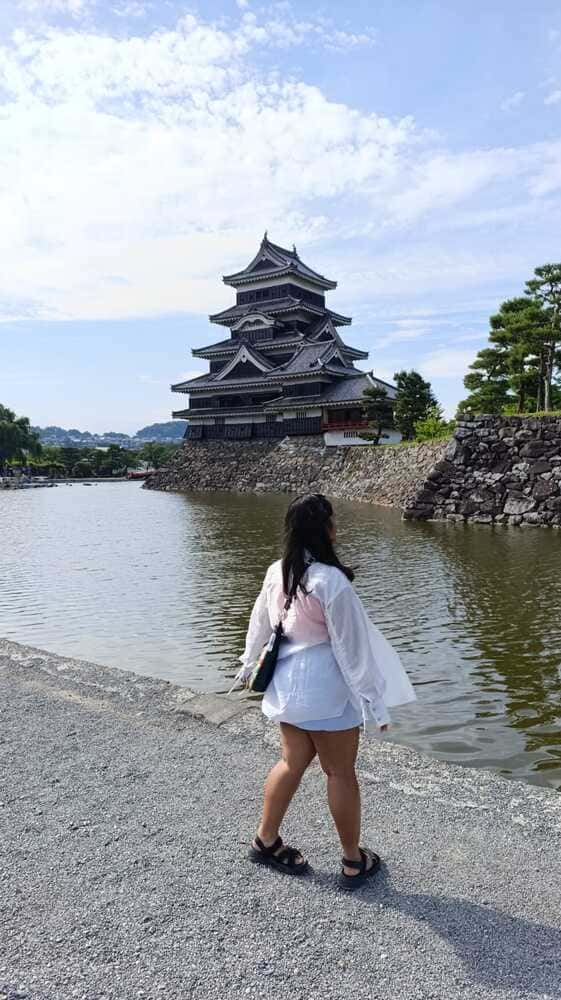
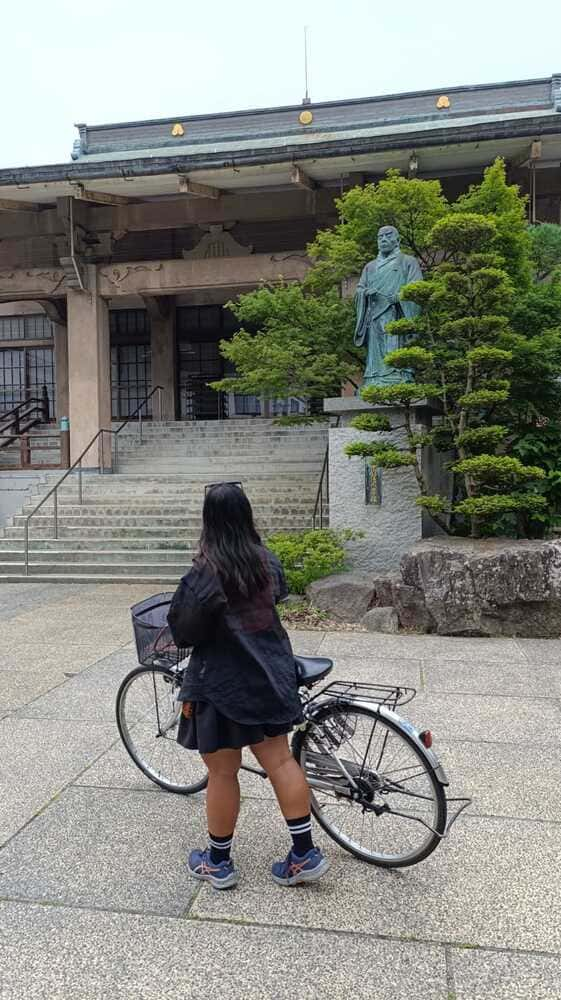
Where to Stay in Matsumoto
📍 M Hotel Matsumoto
Location:
Just a 5-minute walk from JR Matsumoto Station, and close to convenience stores, restaurants, and the local bus to Matsumoto Castle or Alps Park.
💬 Reviews:
Clean, minimalist rooms with comfy beds and everything you need. Quiet neighborhood feel, and how central it is without being noisy. Reliable Wi-Fi and coin laundry make it practical for longer stays, too.
💰 Price:
Around ¥7,000–¥9,000 per night (~$45–$65 USD), depending on the season. Great value for the comfort and location.
🌿 Why stay here?
If you’re after simplicity, walkability, and quiet rest after a full day of exploring Matsumoto’s castle or hiking trails, M Hotel makes an easy, no-stress choice and they give free bicycle.
Other Hotel Options in Matsumoto
🏮 Dormy Inn Matsumoto
A popular Japanese chain offering cozy Western-style rooms, an on-site public bath (onsen), and free late-night ramen for guests. Right across from the train station, super convenient and always reliable.
🏯 Matsumoto Hotel Kagetsu
Traditional meets boutique. With tatami rooms, local wood design, and a peaceful vibe just a short walk from the castle, Kagetsu is ideal if you want a more “old Japan” experience without going full ryokan.
Foodie Favorites in Matsumoto
🍗 Karaage Center
A local favorite for golden, crispy Japanese fried chicken. The portions are generous, the outside is perfectly crunchy, and the inside stays juicy. Add rice, miso soup, and a mountain view if you’re lucky with your seat. It’s casual, satisfying, and absolutely worth the wait during lunch hour.
🍜 Ekimate Soba
Located right inside Matsumoto Station, this standing soba spot is fast but surprisingly flavorful. Whether you’re arriving or heading out, slurping a quick bowl of hot soba here feels like a traveler’s ritual, comforting, salty, and grounding.
Practical Tips for Matsumoto
- Renting a bicycle is a delightful way to explore town and scenic canal paths.
- Try an onsen: public hot springs are plentiful and a gentle treat for tired legs after sightseeing.
Matsumoto surprised me with its peaceful energy, historic charm, and mountain soul. If you’re craving a moment of stillness before heading toward Fuji or Tokyo, this town is best choice. I’m really glad I visited here.
Mount Fuji & Kawaguchiko
The rush of the city melted into lake breezes and quiet trails. It was cloudy when I arrived in Kawaguchiko, a little rainy too and Mt. Fuji? Totally shy. Hiding behind clouds the entire time. But honestly… it was kind of perfect.
I let go of the “must see” pressure, slowed down my travel pace, and just enjoyed the quiet. I wandered without checking the clock, sipped warm tea by the lake, and reminded myself: not every trip moment needs to be epic. Some are just… soft. And those stick with you, too.
Things to Do Around Mount Fuji & Kawaguchiko (Slow & Scenic)
🌿 Explore the Lakes
The calm waters of the Fuji Five Lakes invite you to slow down and soak in the fresh mountain air. Walk leisurely around Lake Kawaguchi or Lake Saiko, where gentle breezes and pine trees create a peaceful escape from the city rush.
🚶♀️ Narusawa Ice Cave & Fugaku Wind Cave
Venture into these fascinating lava tube caves connected by a scenic hiking trail through the forest. The cool, mysterious air inside the caves offers a refreshing break, and the walk between them reveals stunning nature and quiet spots perfect for a mindful pause.
🏠 Visit a Traditional Japanese House
Step back in time at a local historic house where tatami floors, sliding shoji doors, and vintage décor tell stories of Japan’s past. It’s a gentle cultural experience that helps you connect with the quieter, simpler rhythms of life.
🌸 Stroll Around the Town & Parks
Kawaguchiko’s charming town center and nearby parks are perfect for slow afternoons. Find a bench with a view, sip matcha from a cozy café, or simply watch the clouds roll over the distant peaks.
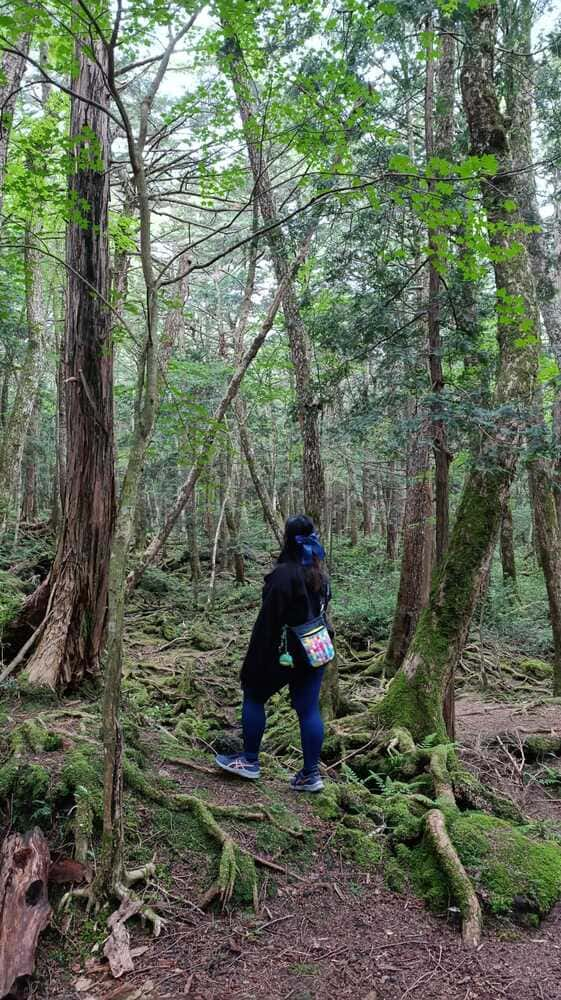
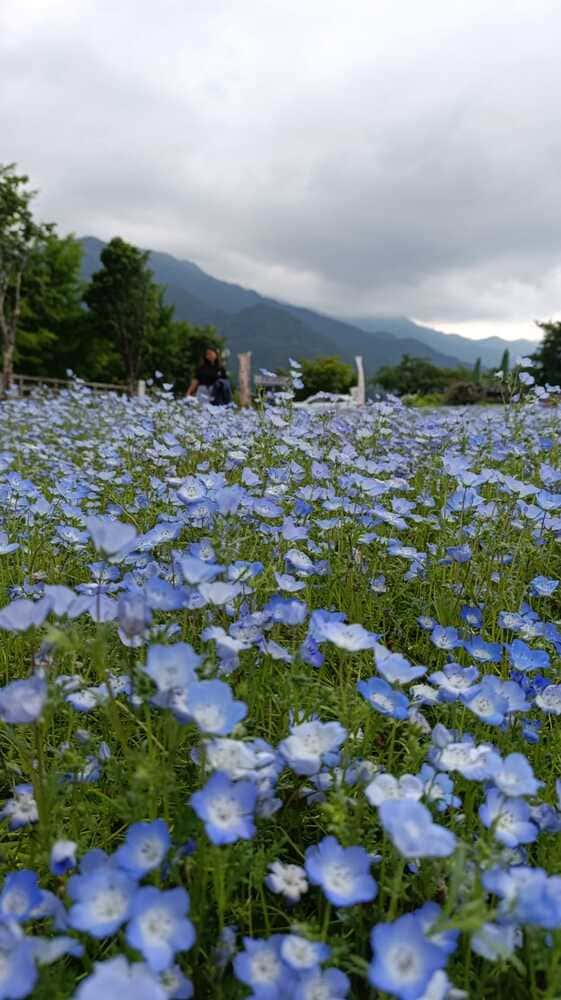
Where to Stay in Fujikawaguchiko
📍 Resort Inn Fujihashi
Location: Centrally located with easy access to the town and free shuttle bus to the station.
Why stay here? Stay in a traditional Japanese-style room with onsen (hot spring) access for a truly relaxing experience after a day outdoors.
Practical Tips for Fujikawaguchiko
- Getting Around: Use the local buses to visit spots like Lake Kawaguchi and the Fuji Subaru Line 5th Station. A one-day bus pass saves money and makes hopping around easy.
- Best Time to Visit: Mount Fuji is clearest early mornings and in cooler months (fall to early spring). Check the weather before you go.
- Dress in Layers: It can be warm near the lakes and chilly up in the mountains. Comfortable shoes are a must for walking and hiking.
- Bring Cash: Many small shops and inns prefer yen over cards. ATMs are available at convenience stores.
- Stay Connected: Wi-Fi may be spotty in rural areas. Renting a pocket Wi-Fi or SIM card is helpful. Basic Japanese phrases go a long way!
- Slow Down: Fujikawaguchiko is perfect for relaxing and enjoying nature, don’t rush, take time to soak it all in.
4 Days in Tokyo
Tokyo is a city of contrasts, where neon-lit skyscrapers meet tranquil shrines, and high-tech buzz blends with centuries-old culture. It’s a playground for every traveler, offering endless experiences from fast-paced shopping districts to peaceful green spaces.
As Japan’s capital and largest city, Tokyo is the perfect place to dive into cutting-edge trends, pop culture, and world-class cuisine, while still getting glimpses of Japan’s rich history and serene spots. It’s the ultimate finale for your Japan adventure, packed with things to see and do.
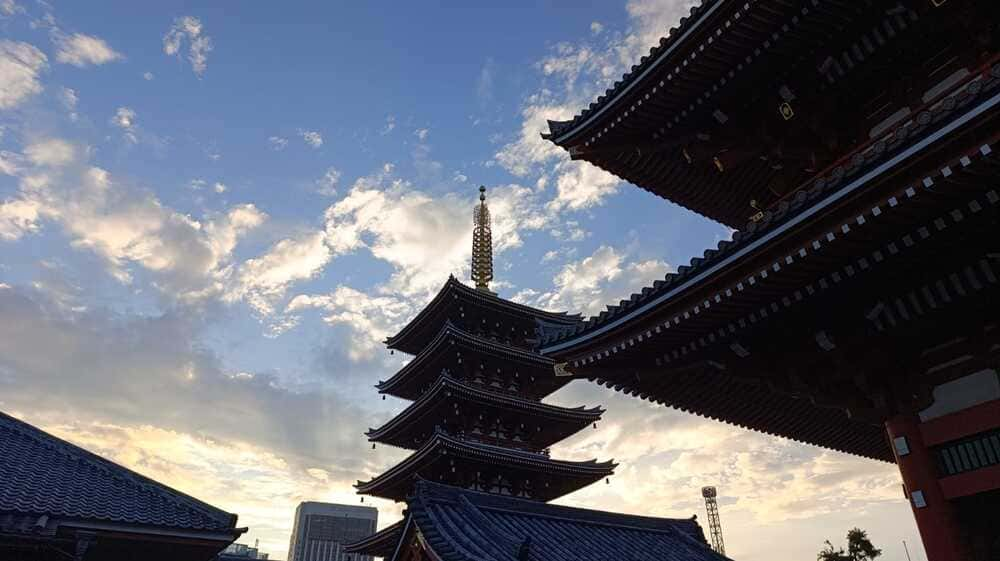
Things to Do in Tokyo (Energetic & Diverse)
📍 Day 1 – Asakusa & Ginza
Start your day at Asakusa’s Senso-ji Temple, Tokyo’s oldest temple and wander through the colorful Nakamise Shopping Street for traditional snacks and souvenirs. In the evening, head to Ginza for dazzling city lights, upscale window shopping, and a touch of luxury.
📍 Day 2 – Shibuya & Meiji Shrine
Experience the iconic Shibuya Crossing, one of the world’s busiest pedestrian intersections then explore Shibuya Center Gai for trendy shops and street fashion. Find peace at Meiji Jingu Shrine, a lush green oasis in the heart of the city.
📍 Day 3 – Tokyo Disneyland
Spend a magical day at Tokyo Disneyland, where fantasy comes to life with thrilling rides, parades, and unforgettable shows. Perfect for families, couples, or anyone young at heart.
📍 Day 4 – Ueno & Shinjuku
Explore Ueno Park’s museums, including the Tokyo National Museum’s incredible art and history collections. Don’t miss the interactive Tokyo Water Science Museum nearby, a fun stop for curious minds. Wrap up your day soaking in the stunning nightscape of Shinjuku’s skyscrapers.
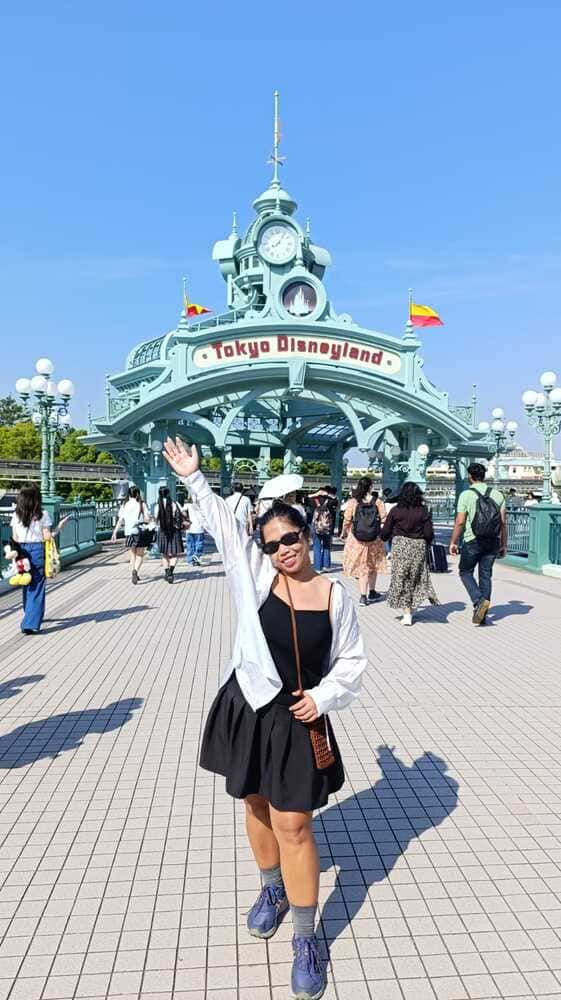
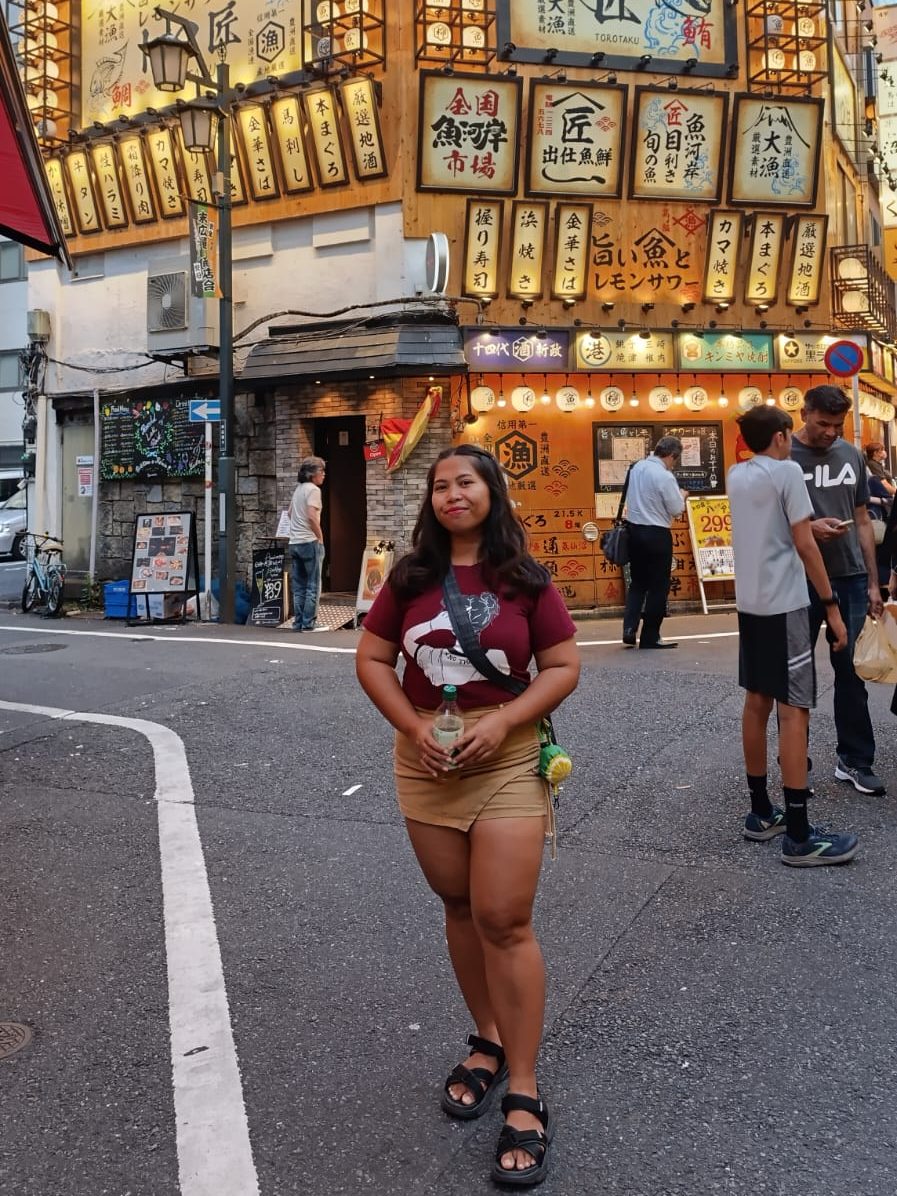
Where to Stay in Tokyo
📍 FL Hotel Asakusa
Location: Located just a 5-minute walk from Asakusa Station and Senso-ji Temple, this hotel puts you right in the heart of one of Tokyo’s most historic and charming neighborhoods. Easy access to subway lines means the rest of Tokyo is just a short ride away.
Reviews: The Hotel is clean, modern rooms and friendly staff. Many appreciate the quiet atmosphere despite being so close to popular tourist spots. Great for travelers who want comfort without the high price of central Tokyo hotels.
Price: Around ¥8,000–¥12,000 per night (~$55–$85 USD), offering excellent value for location and amenities.
Why stay here? If you want to wake up near Tokyo’s oldest temple, enjoy easy access to subways, and stay somewhere cozy and peaceful after busy city days, FL Hotel Asakusa is a smart, budget-friendly choice.
Foodie Favorites in Asakusa
🍡 Kaminari-okoshi & Wagashi Shops
Along Nakamise Shopping Street, treat yourself to traditional Japanese sweets like kaminari-okoshi (crispy rice snacks) and delicate wagashi (Japanese confections). Perfect for quick bites or souvenirs.
🍜 Daikokuya Tempura
A legendary spot serving some of Tokyo’s best tempura bowls. Crispy, light batter with fresh seafood and veggies over steaming rice, a must-try for tempura lovers.
🍢 Asakusa Menchi
Famous for their juicy, deep-fried minced meat croquettes, this street food stall is perfect for a savory snack while exploring.
🍶 Kamiya Bar
Japan’s oldest Western-style bar, known for its signature Denki Bran cocktail. Cozy atmosphere to unwind with a drink after a day of sightseeing.
Practical Tips for Tokyo
- Get a Tokyo Subway Pass:
Grab a 24-, 48-, or 72-hour pass to travel unlimited on Tokyo’s subway lines, super convenient and budget-friendly for getting around fast. - Stay Central:
Choose accommodation near major stations like Asakusa, Shinjuku, or Tokyo Station to save travel time and easily access top spots. - Avoid Rush Hours:
Tokyo’s trains get packed during weekday mornings (7–9 AM) and evenings (5–7 PM). Plan sightseeing accordingly to skip the crowds. - Pack Comfortable Shoes:
Tokyo is huge, and you’ll walk a lot. Good shoes make all the difference. - Download Useful Apps:
Apps like Google Maps, HyperDia (for train schedules), and Google Translate will help you navigate, especially if you don’t speak Japanese. - Stay Hydrated & Carry a Portable Charger:
Exploring Tokyo means lots of walking and photo-taking, keep water and power handy!
Tokyo is the dazzling heartbeat of Japan, a city that never truly sleeps, where tradition and trend collide in the most exciting ways. From iconic landmarks and historic temples to vibrant shopping districts and quirky neighborhoods, Tokyo offers endless discovery for every kind of traveler.
Ending your trip here lets you soak in the electric energy, indulge in unforgettable food experiences, and reflect on your Japan adventure before heading home. Trust me, after two weeks of exploring, Tokyo feels like the perfect grand finale.
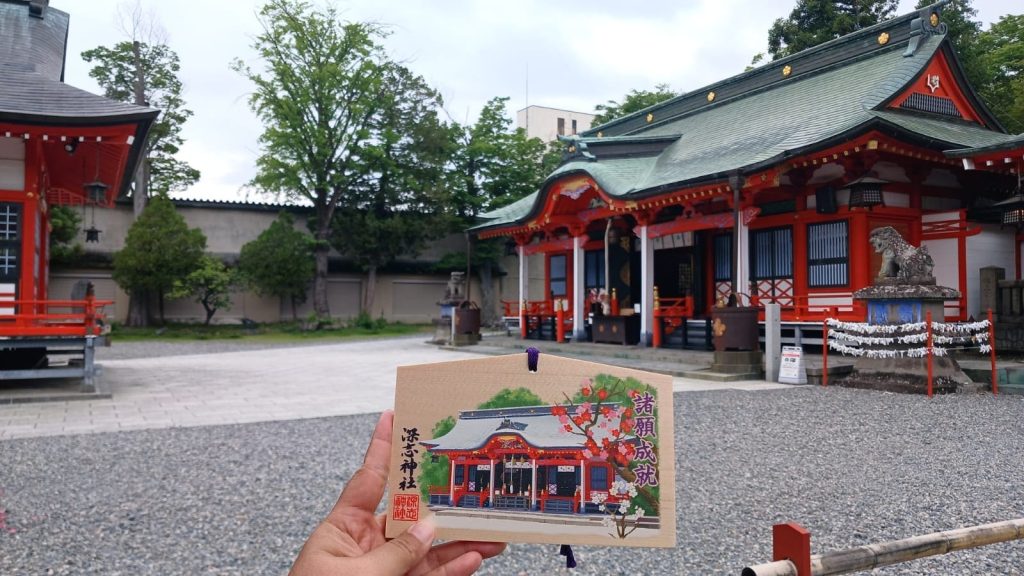
Final Thoughts: 2 Weeks in Japan That Just Feel Right
Looking back, this 14-day Japan trip wasn’t just about checking places off a list it was about feeling each city. From street food in Osaka to temple walks in Kyoto, castle views in Matsumoto, misty lakes in Kawaguchiko, and Tokyo’s endless energy, every stop had its own rhythm.
I started in the south and slowly made my way up, giving myself time to breathe, pause, and really enjoy the journey. It was a mix of quiet mornings, tasty meals, scenic walks, and cozy hotels that felt like little resets.
If you’re planning a trip to Japan and want a route that blends city life, nature, and cultural depth this one just works.
And trust me, going slow? Totally worth it.
📌 Pin this
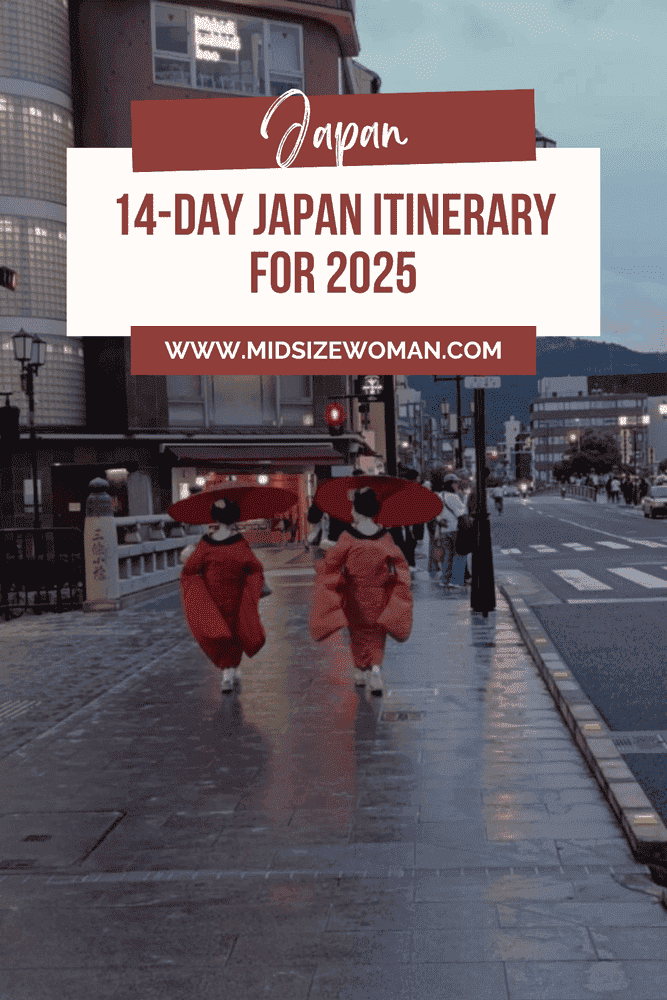
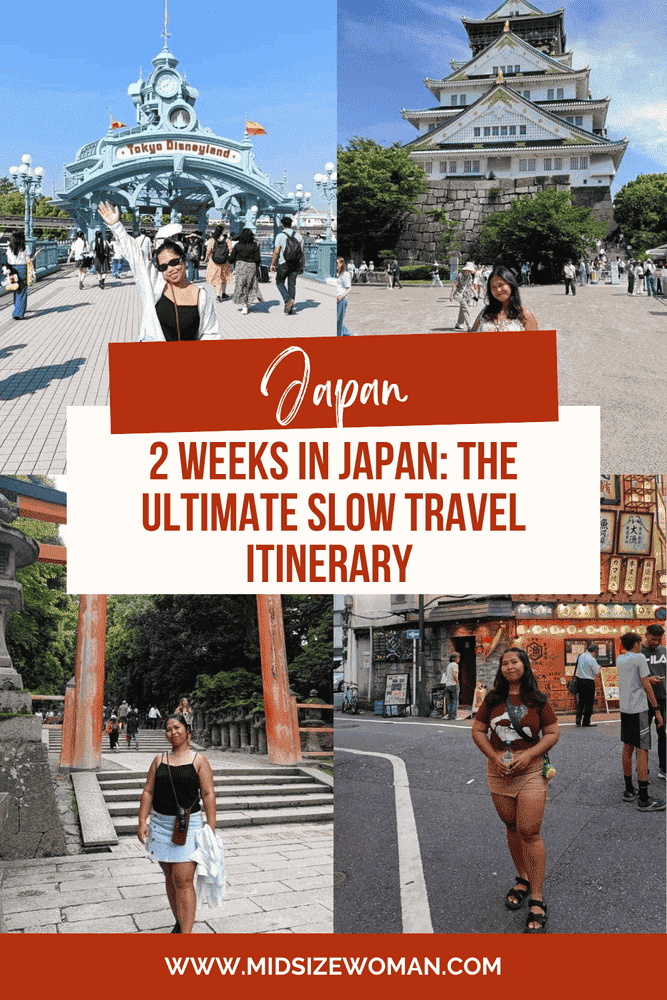
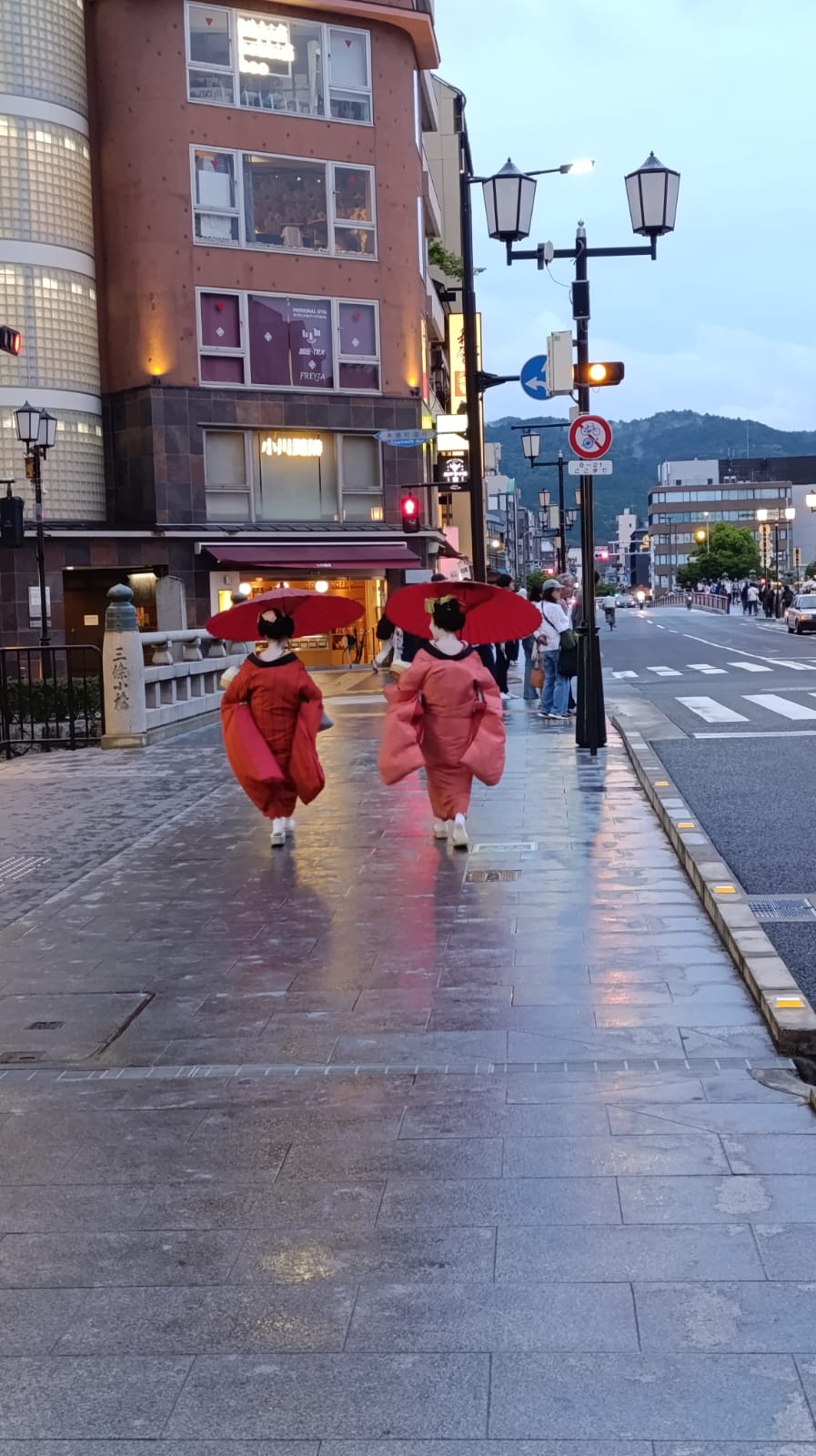
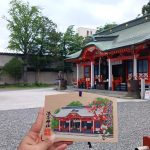


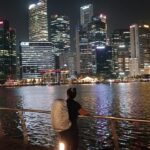
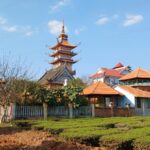
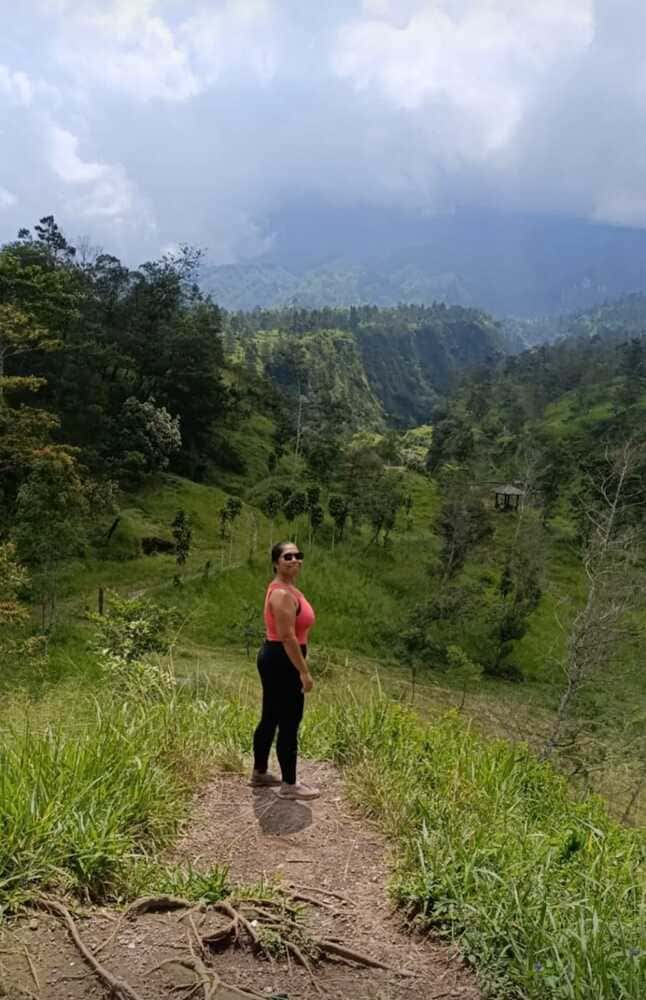
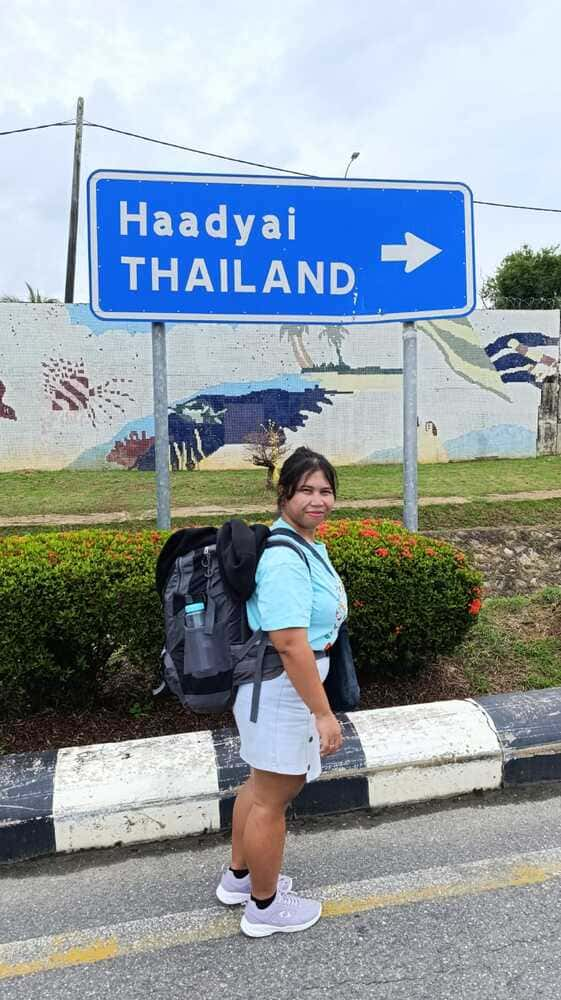
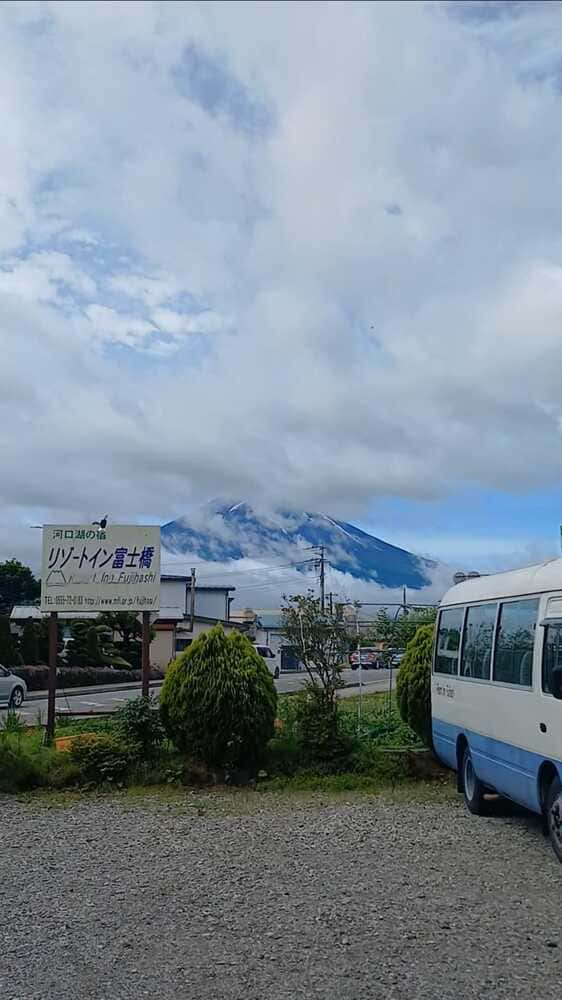

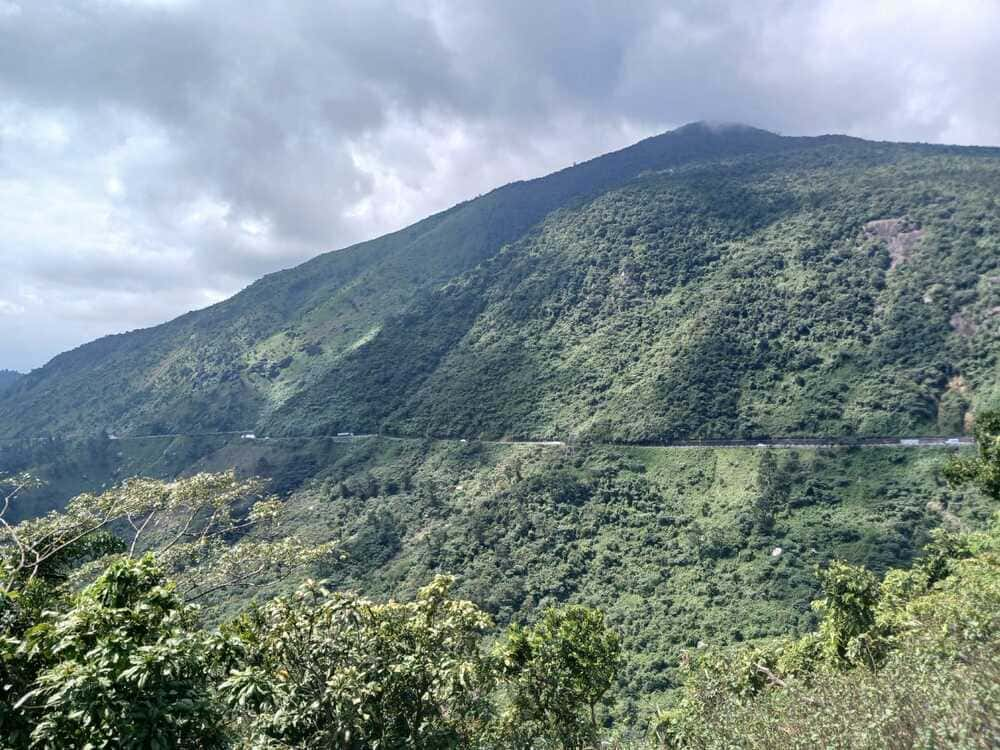
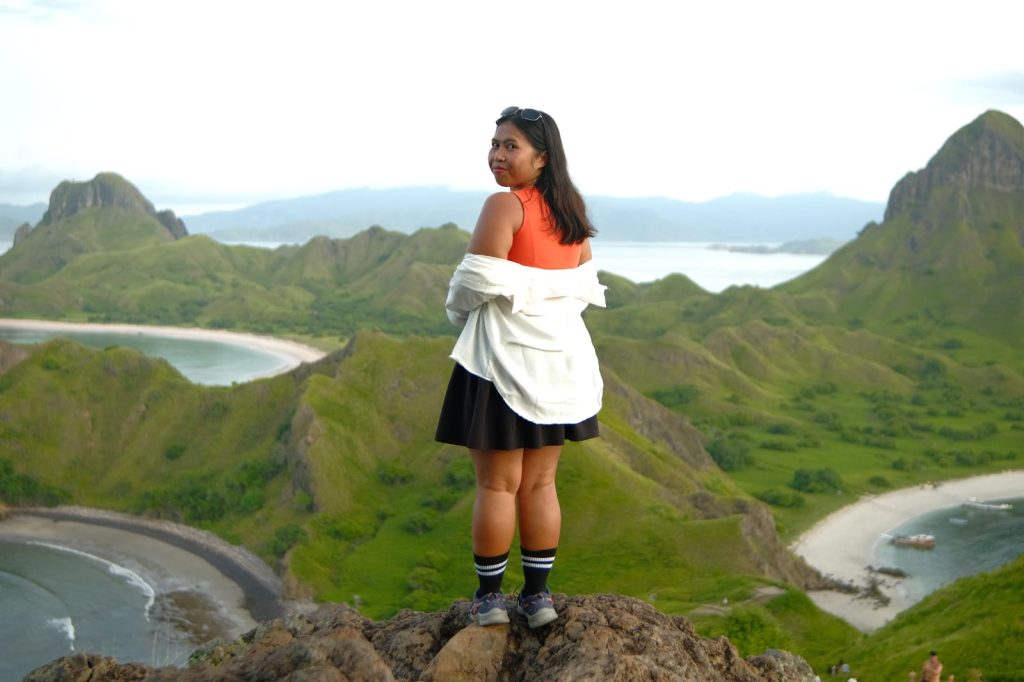
Leave a Reply